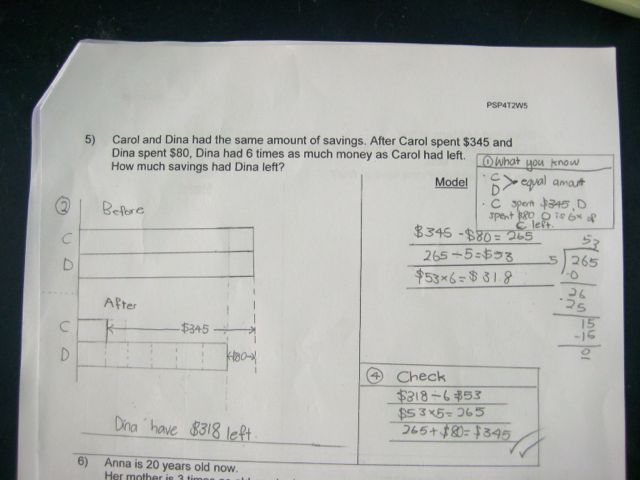Inquiry - How I am going to organise this data?
An inquiry into - how we can collect, organise, represent and draw conclusions from data.
Skills - Addition; Subtraction; Collection of Data; Graphs
Learning Intention - Collect and organise data and draw conclusions. To understand data can be represented in different ways and some ways are more appropriate than others.
Success Criteria -
- Select and apply efficient mental and written strategies and appropriate digital technologies to solve problems involving all four operations with whole numbers (ACMNA123)
- Interpret and compare a range of data displays, insulting side-by-side graphs for two categorical variables (ACMSP147)
Teacher Questions -
- What is the percentage of people in Australia are aged 0-14 years?
- What is the percentage of people aged 0-14 years in 9 other countries?
- How do these countries compare with Australia?
Student Questions -
Children generated 3 questions of their own.
My plan -
Children devised a plan. How were they going to get answers to these questions? What strategies would they use? How would they represent their information?
Basic equipment I will need -
Students made a short list of equipment they were going to use.
Running the Inquiry
So, we launched into the inquiry.
Our chosen data source was the World Fact Book on the CIA website - lots of data on lots of countries, and population data had age categories including 0-14 years. Convenient huh? You would almost think Tina had organised this...
Anyway, lots of discussion, lots of planning, lots of collaboration and lots of fun.
Here are a few work samples from the kids:
We started by collecting data and putting it into a table
A bar graph - courtesy of Microsoft Excel
A simple column graph - the simple things in life are often the best
A line graph - this generated lots of discussion. Is it the right type of graph for this data?
A pie graph - took ages to work it out but looks very busy.
Can too much information be a bad thing?
Reflection - What did the kids say?
All good inquiries allow space for reflection. We had a few questions as prompts to get the kids to write about some of their experiences - the choices and decisions they made. Here are a few comments from them:
Which graph was the best type to represent our data?
"I think maybe a bar graph would have been the best choice because you can accurately see the results of the data."
"I found that a column graph was the best to represent my data as it was easy to read and simple to make and information was clear to represent. Here's why: the height of the columns are identifiable and variable, while the vital points on the side containing numbers and/or percentages as a part of information extending knowledge of the topic."
Why is one type of graph better than another?
"All types are good in their own way and it depends on what data you have. Different graphs are useful for different things."
What would you do differently next time?
"I drew a bar graph. This was a good decision because people will understand and interpret my data better. Next time I would do nothing different. I am proud of my decision and I will stick with it."
"I drew a pie chart. This was probably not a good choice because there was too much data to be shown and it would not give the person reading it a fast, visual impact. Next time I would draw a bar or column graph because it would be easier to compare the data and it would be clear and quick to read."
"The column graph was much clearer to read than a pie or line graph in the situation we used it but it depends on what sort of information you need to show."
"The graph I represented my data with was a line graph. This was not a very good choice because line graphs are supposed to show results over time. Next time I would use a bar graph because it can clearly show the data."
So what?
Well, you heard it from the kids. They know that different graphs have different purposes. They know that their decisions will determine how effectively they communicate their data. And it all links back to the learning intention.
Great stuff.
Can't wait for next week...















